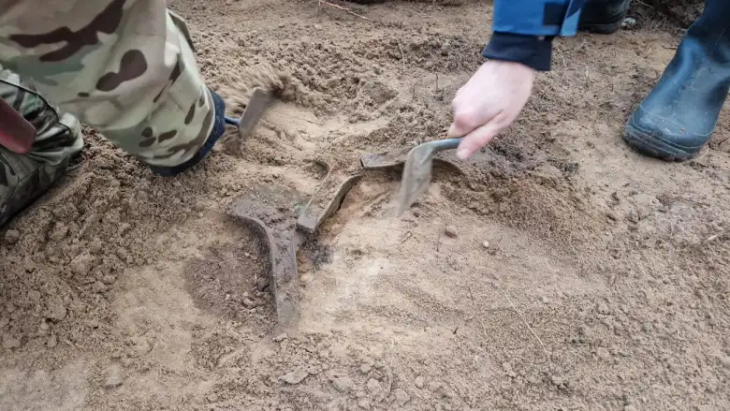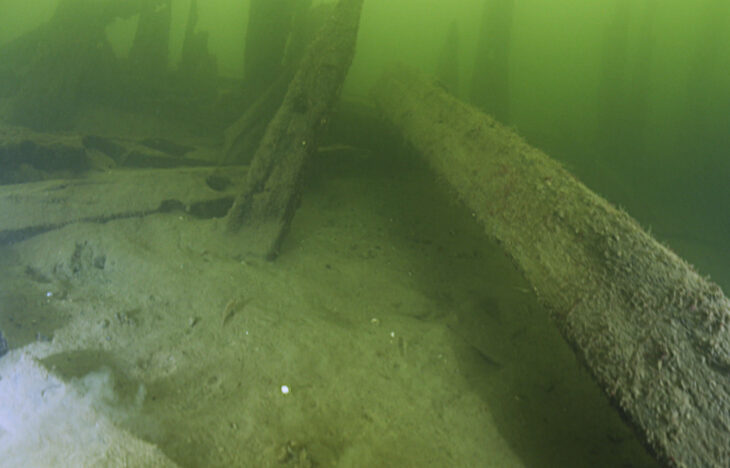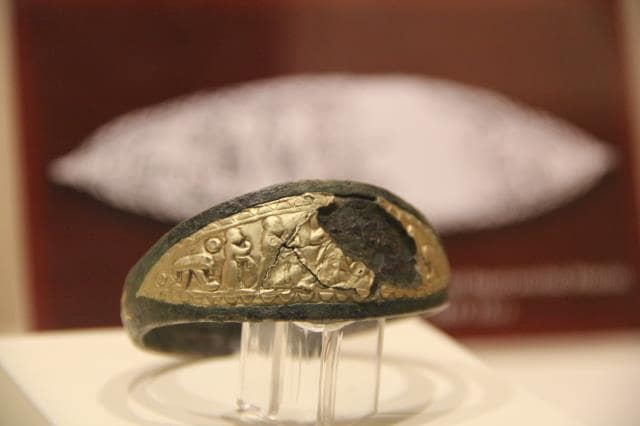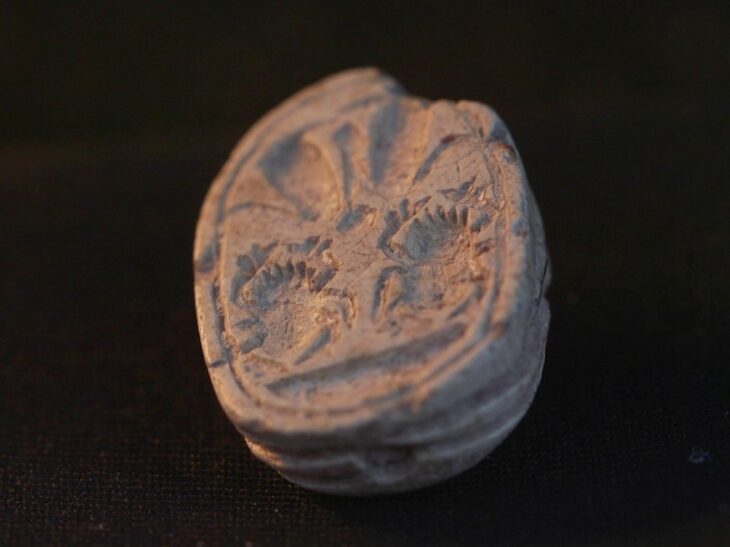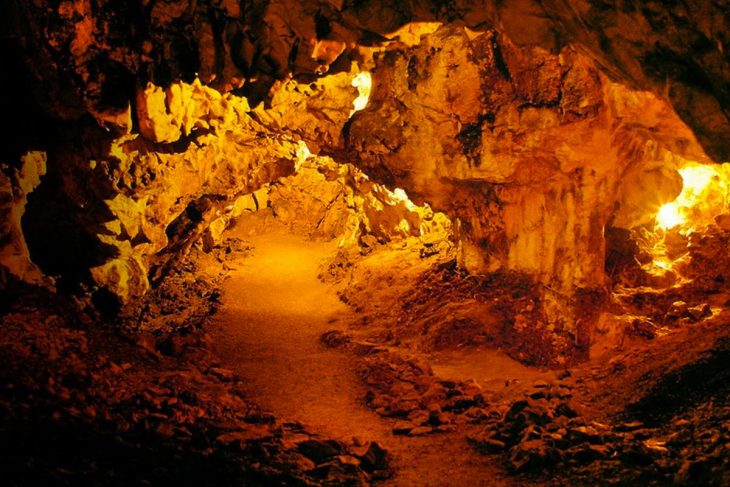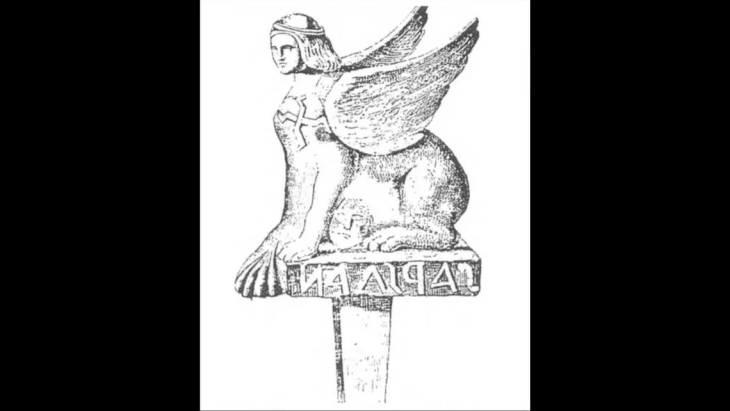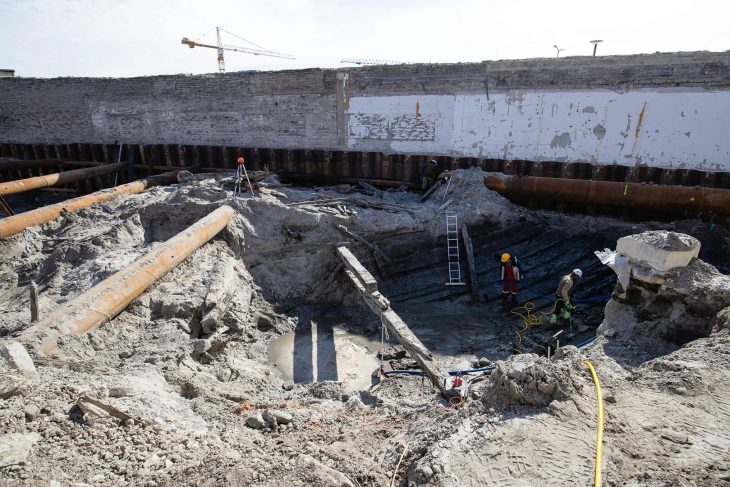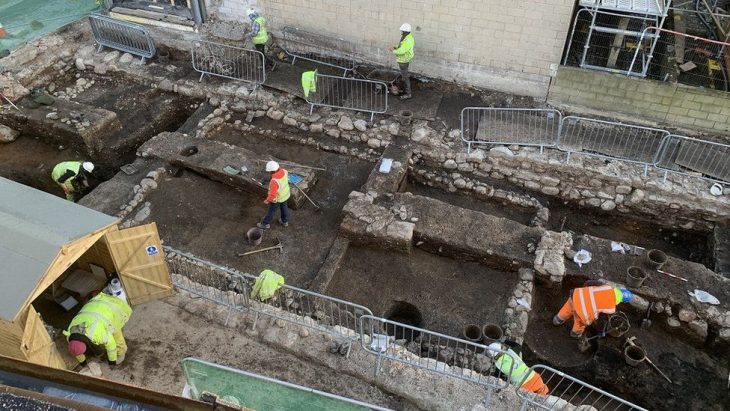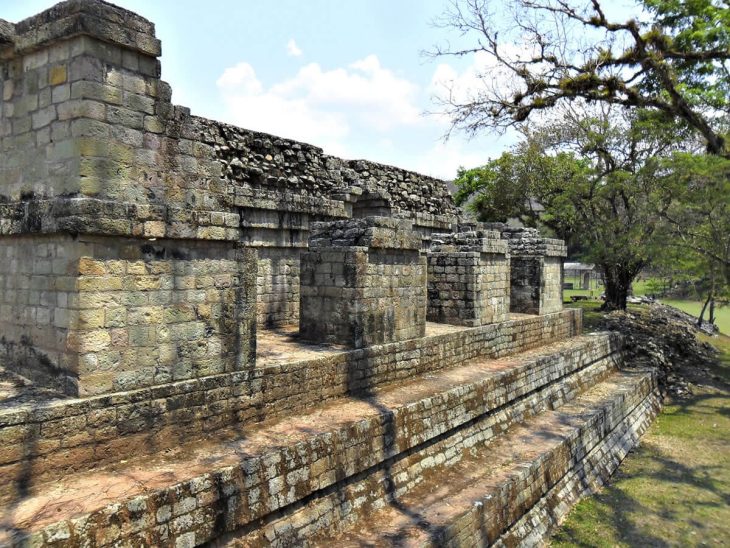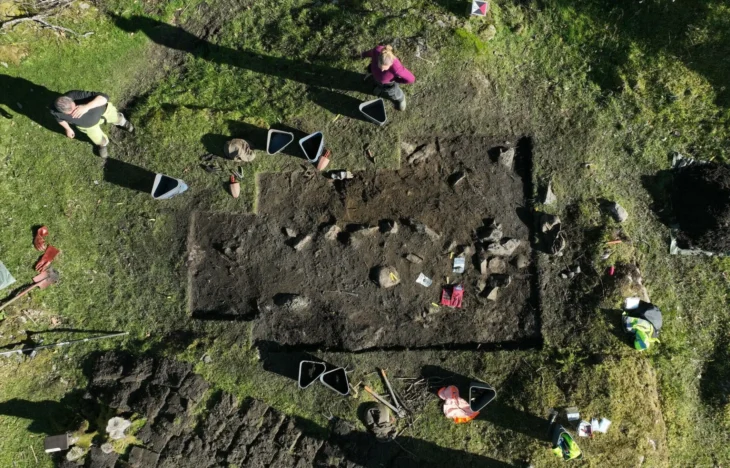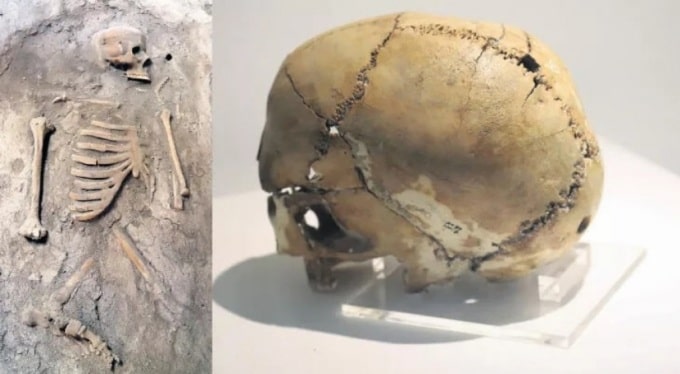Stone bas-reliefs carved into the walls of an irrigation canal some nine kilometers (5.5 miles) long, and the remains of a large-scale wine factory, were found in Faida in northern Iraq.
The stone bas-reliefs, showing kings praying to the gods, the joint team of archaeologists from the Department of Antiquities in Dohuk and colleagues from Italy said.
The carvings — 12 panels measuring five meters (16 feet) wide and two meters tall showing gods, kings, and sacred animals — date from the reigns of Sargon II (721-705 BC) and his son Sennacherib.
Sennacherib was the king of Assyria who reigned from about 720 BC to 683 BC.
“There are other places with rock reliefs in Iraq, especially in Kurdistan, but none are so huge and monumental as this one,” said Italian archaeologist Daniele Morandi Bonacossi.

“The scenes represent the Assyrian king praying in front of the Assyrian gods,” he said, noting that the seven key gods are all seen, including Ishtar, the goddess of love and war, who is depicted on top of a lion.
Ancient ‘propaganda scene’
The irrigation canal was cut into limestone to carry water from the hills to the fields of farmers, and the carvings were made to remind people of the king who ordered its construction.
“It was not only a religious scene of prayer, but it was also political, a sort of propaganda scene,” Morandi Bonacossi added.
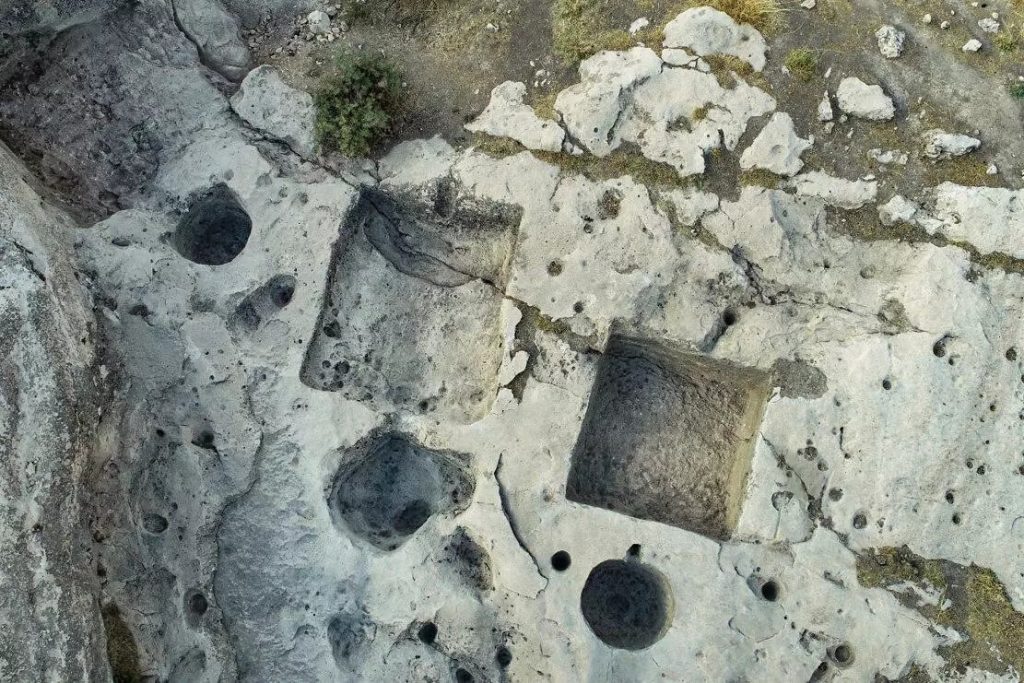
“The king, in this way, wanted to show to the people living in the area that he was the one who has created these massive irrigation systems, so… the people should remember this and remain loyal.”
At Khinis, also near Dohuk, the team unearthed giant stone basins cut into white rock that was used in commercial wine-making during the reign of Sennacherib, in the late 8th or early 7th century BC.
“It was a sort of industrial wine factory,” said Morandi Bonacossi, professor of Near Eastern archaeology at the Italy’s University of Udine, adding it was the first such discovery in Iraq.
“We have found 14 installations, that were used to press the grapes and extract the juice, which was then processed into wine.”
Source: AFP


